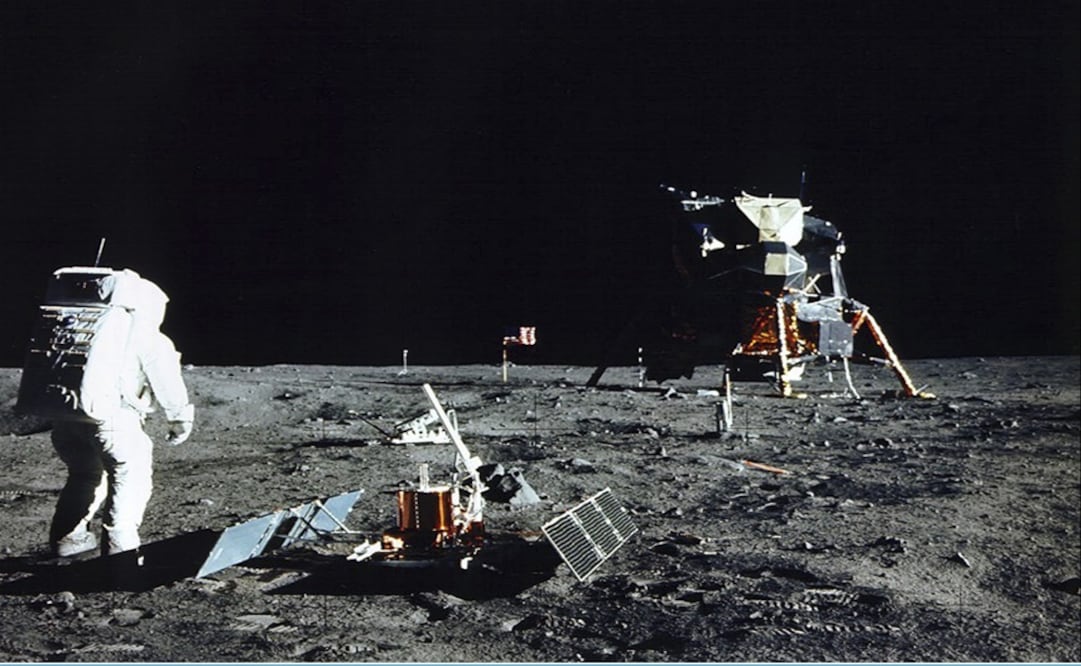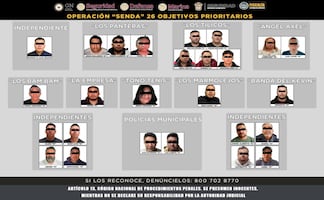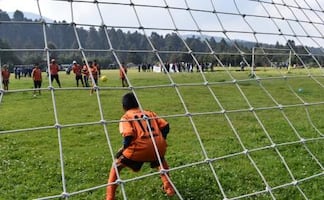Más Información

Sheinbaum exige a la ONU intervenir en conflicto entre EU y Venezuela; México podría ser “un punto de negociación”, dice

Detienen a 3 miembros de célula dedicada al uso de artefactos explosivos en Michoacán; los ligan a extorsiones
The moon landing as lived from Mexico
Arturo González Camarena
was 14 years old when the doctors who would perform surgery on his hip decided to postpone the intervention for a day, to see the moon landing on T.V..
The then-teenager was happy at the same time; thanks to the technology patented by his father in 1940 , the inventor from Jalisco, Mexico, Guillermo González Camarena , he would be able to watch the spatial feat in color .
The patent referred to a trichromatic sequential field system , using primary colors, red, green and blue, for the capture and reproduction of images , which at that moment were mainly in black and white.
“I was very proud and excited while I was in the hospital room, following everything with a portable T.V .,” says Arturo.
Miguel Alemán Velasco
, along with Jacobo Zabludowsky , was the one in charge of broadcasting the voyage , starting on J uly 16th with the launch of the Saturn rocket ; on the 20th , the moon landing of the Eagle module; and the next day, the first walk on the Moon by Neil Armstrong.
“We had been narrating the space race between Russia and the U.S . for 10 years; Jacobo and I had been there the day Kennedy said that the man would reach the Moon,” remembers Alemán Velasco.
“ July 16th was finally chosen for the launch and we had to be there at 5 A.M. in Cape Canaveral (now Kennedy ); the final countdown started, we saw the Saturn rocket rise up and we all got incredibly happy,” he says.
Arturo’s father had died four years before in a car accident, but the NASA had the urge to bring cameras to the spatial missions. The problem was that they had to be carried by four people.
“And with my father’s system, lighter cameras were developed; they just required one person.”
Technology based on his father’s was taken later to the Voyager 1 and 2 probes , which four decades later are still traveling through space and sending images.
“The most impressing of all was noticing that simultaneously, millions of people in different parts of the world , at different times, were watching the image,” remembers Alemán Velasco.
“Everybody had doubts, we knew and we had seen years of testing , of accidents , things like that, but always from our atmosphere, from space, nothing,” he adds.
The son of González Camarena points that NASA has never given him any physical thing, but that does not matter.
“Because they have publicly acknowledged my father’s contribution; that’s the best,” he asserts.
And he has received several offers to bring his father’s life to the audiovisual , but none have materialized.
“In his time, Ignacio López Tarso was interested; now, there’s a project for a series , where several personalities would appear, and a documentary ; let’s hope one of them gets done,” he expresses.
mp
Noticias según tus intereses
[Publicidad]
[Publicidad]













